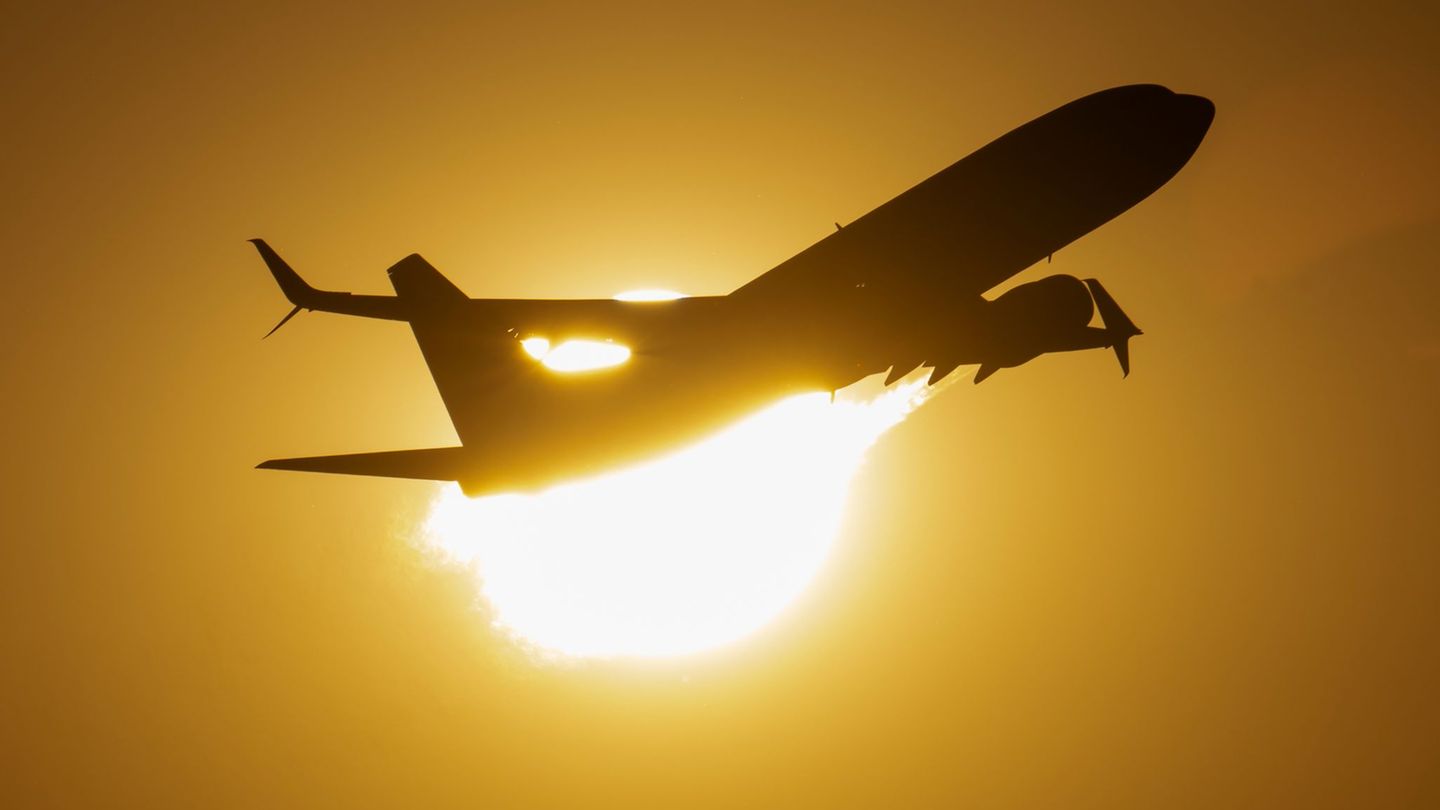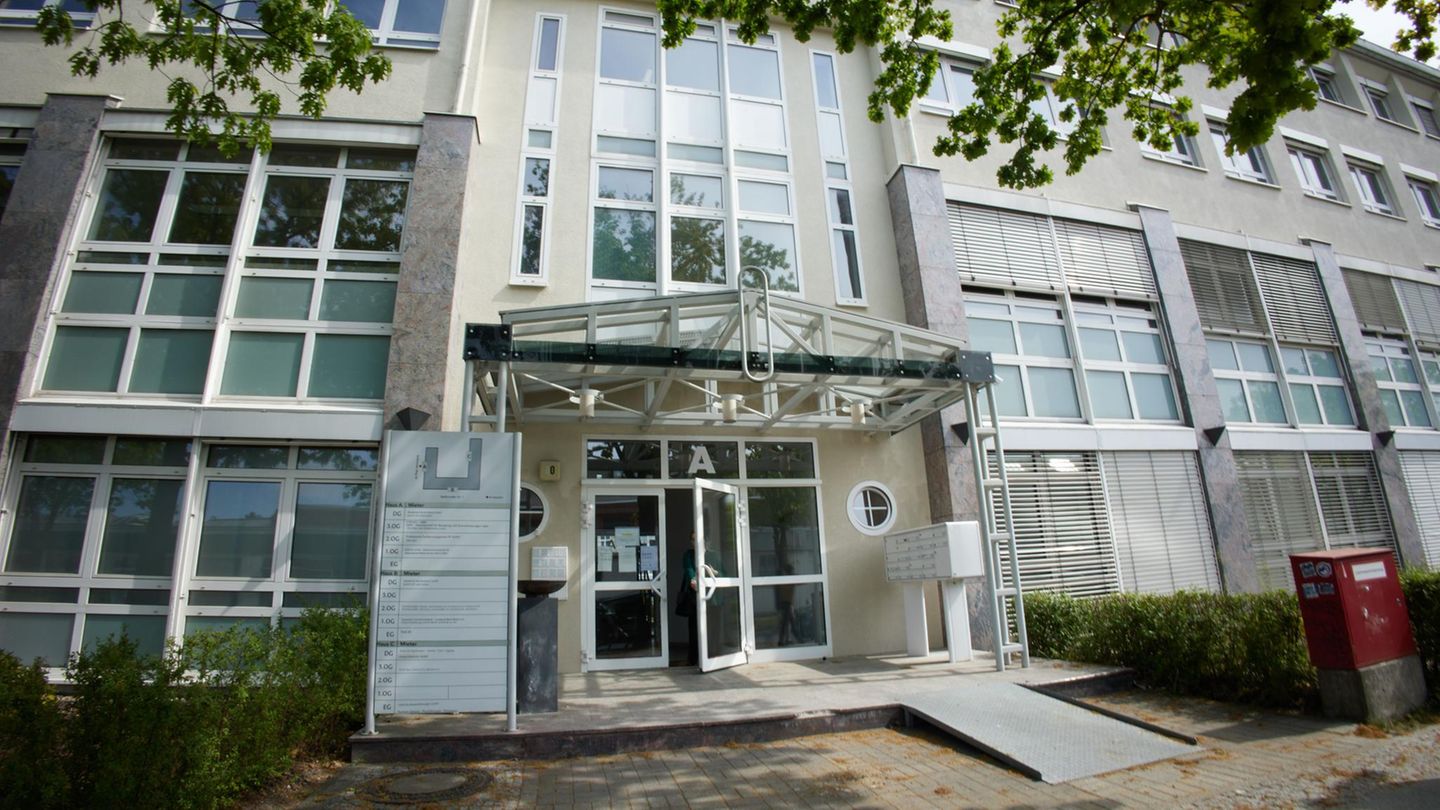The International Institute of Finance (IIF) assured that Javier Milei would not be able to obtain the necessary foreign currency in the market for his dollarization plan. This is the report titled “Is dollarization viable for Argentina?”, which explains that dollarization needs between US$30,000 million and US$40,000 million.
For this organization “It seems unviable due to the low debt appetite of foreign investors” and that “not having funds” to carry it out, the only way out for Milei “It would come hand in hand with a painful recession,” with devaluation and fiscal adjustment.
“The next administration of Argentina, not having dollars, will not be able to implement total dollarization immediately. But the regime can be put in place later. What would it take to get the necessary dollars? In short: a painful recession together with higher inflation”Castellano explained in a message thread on his Twitter account.
According to the analyst, “converting the pesos into dollars while avoiding a tumult in the financial sector would require at least US$30 billion, assuming a weak conversion rate.”
“The new government could look for dollars in the market, but it is difficult for investors to expose themselves even more to the risk of Argentina. Investors will wait for sustainable policies, which will take time and political consensus. Financing like the one obtained between 2016 and 2017 is difficult to happen again,” commented Castellano.
A new program with the International Monetary Fund (IMF) “could provide, at most, an additional $10 billion, which is not enough.” Likewise, “it seems unlikely that Argentines will repatriate their assets abroad quickly. These, built over time to protect themselves from political problems, are not going to return immediately.”
The institution estimates that Argentines have around US$260,000 million in deposits and accounts abroad. Therefore, for the IFF analyst, “the only way to obtain dollars is through a surplus in the accounts with an adjustment in effective exchange rates and fiscal austerity.”
To dollarize, even if a great rebound in exports is projected, a large reduction in imports would be needed: A contraction of 15% annually would allow for nearly US$20 billion in reserves, at the cost of a drop in the Gross Domestic Product (GDP) of around 3.5%.
The IIF report concluded that, to dollarize, a “deep recession” of “more than 3%” would be needed. The institution, which acts as a consultant and think tank for large international banks, is based in the United States and is made up of nearly 400 entities from more than 60 countries.
Source: Ambito




